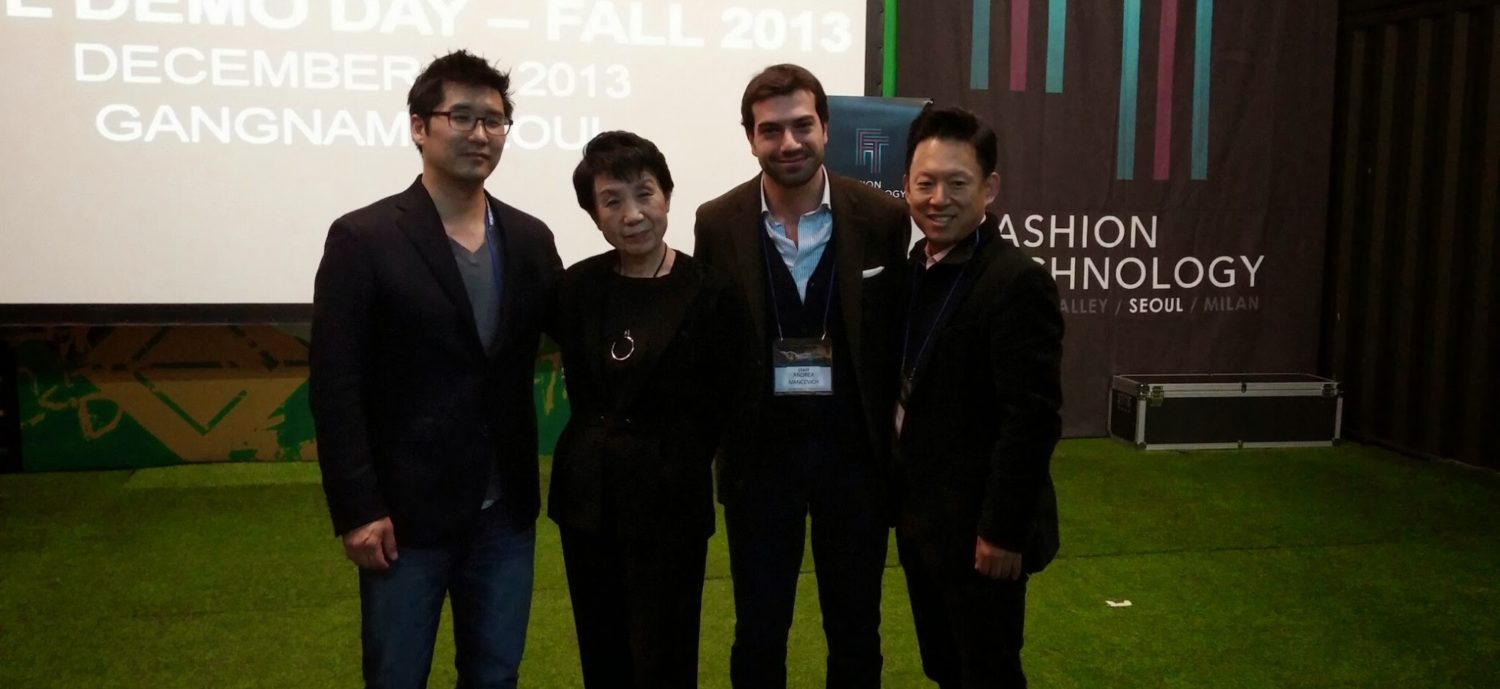
How did Gucci Win China
Interesting. China is not alone. Korea and Japanese in there too. I wonder if they took the same approach of other Far East Asia markets.
A Look at How Gucci Won China

Gucci surprised many when it dethroned Louis Vuitton and Hermès in the hearts of Chinese luxury consumers. The Kering brand, led by CEO Marco Bizzarri, has doubled its turnover while generating millions of Internet searches and now sits atop the list of the hottest luxury brands, according to the most recent Lyst Index ranking published this summer. The Gucci brand generated 62 percent of Kering’s 6 billion euros sales in the first quarter of 2018 — and 34 percent of the revenues came from its #1 region: Asia Pacific, led by Chinese luxury shopper splurges in Hong Kong and Macau.
How did Gucci do it? And what can other brands targeting the Chinese market learn from them? Here’s a look at their strategy and specific business decisions:
Extravagant floral and animal prints
Bizzarri, when moving from Stella McCartney to Gucci, made the clever decision to replace fur in Gucci designs with animal prints, and the Chinese market responded quite favorably.
“Gucci’s new designer Michele Alessandro is very good at capturing the aesthetic values of the Chinese,” said Stella McCartney President of Asia-Pacific, Annie Ho. “He works with dynamic colors and floral prints that, based on research conducted earlier, we know the Chinese people like.”
That support comes primarily from the massive group of luxury-loving Chinese millennials. “Millennials are very authentic and want to look different,” said head of consumer insights at Gucci China, Xu Bo. “Gucci comes with very extravagant designs millennials can easily identify with.”
A cross-gender strategy
Even though you still find “Men” and “Women” pathways on the Gucci website, much of Gucci’s recent fashion design blurs the line between genders.
“We see that men today like to add some feminine element of style in their wardrobe, while women like to add some masculine elements,” said the managing director of the IFA Paris Fashion School, Jean-Baptiste Andreani. “Gucci managed to propose collections for men in florals but not in an overwhelming way.” This is something, he said, that made their collection attractive to the Chinese market. It’s especially true in metropolitan areas like Shanghai where gender-bending is more common.
“The taste of consumers is changing very frequently, especially in the luxury sector, but [other] brands do not study which trends people are going for,” said Wai Wong, a buyer for Vanity Fair Lingerie in Paris who participated in building the Sephora brand in China. “They should focus more on the persona or attitude of the consumers and dig deeper to know who they really are.” Wong pointed to Gucci as an example of one brand that does do the research.
A “China First” approach
Gucci entered China understanding that the enormous country had the power to adopt or reject outside trends. So the brand invites local shop managers to submit product or event ideas that are then rolled-out if they’re considered auspicious. “At Gucci, the assortment is centrally managed,” said Xu Bo. “But since shop managers are the ones who are actually dealing with customers in the field, they can offer proposals. Our merchandising department also proposes ideas obtained from local markets on colors and patterns.”
Some experts in the field applaud the approach. “Gucci has performed well in the Chinese market,” said the fashion curator at Eliel Magazine Asia Charlie Wang. “They give the Chinese customers a lot of options, especially when it comes to styles, colors, and patterns. Whatever they design for the Chinese market references Chinese history and culture.”
Fit is everything
Fit can make or break a brand. Ermenegildo Zegna, for instance, took advantage of one physiological fact to build his tailor-made suit empire in China—Western men usually have longer arms than Eastern men. Therefore, he knew that his Italian suits would have sleeves that were too long for Chinese men and needed to be altered.
Learning from observations like Zegna’s, brands such as Prada and Gucci started proposing collections with three-quarter-length sleeves. Fit is critical, not only for clothes but also for accessories. “The Asian nose is different from the European or the Middle-Eastern nose,” said Shawqi Ghanem, the Managing Director of Grand Optics, a leading optical chain in the Middle East. “So brands like Gucci develop products specifically for the Asian market with a special nose-bridge style and specific designs for the front of the sunglasses that fit the Asian face.”
The key takeaways from Gucci’s successful attempts to create, revamp, and develop luxury and fashion brands in China are:
- Take into account Chinese shoppers’ sensory preferences (colors, shapes, patterns, crossgender) and morphology (fitted glasses, arm length, body shape, skin tones)
- Solicit input from local stores and adapt the catalog
- Adopt a “China first” approach, and a willingness to deeply adapt the brand codes to fit Chinese taste
Diana Derval is Research Director at DervalResearch代戈, Adjunct Professor at Donghua University in Shanghai, Harvard Business Review contributor for neuromarketing, and author of the book “Designing Luxury Brands: The Science of Pleasing Customers’ Senses” (Springer, 2018) Diana Derval
Share this:
- Click to share on Facebook (Opens in new window) Facebook
- Click to share on LinkedIn (Opens in new window) LinkedIn
- Click to share on X (Opens in new window) X
- Click to share on Pinterest (Opens in new window) Pinterest
- Click to share on Reddit (Opens in new window) Reddit
- Click to email a link to a friend (Opens in new window) Email








